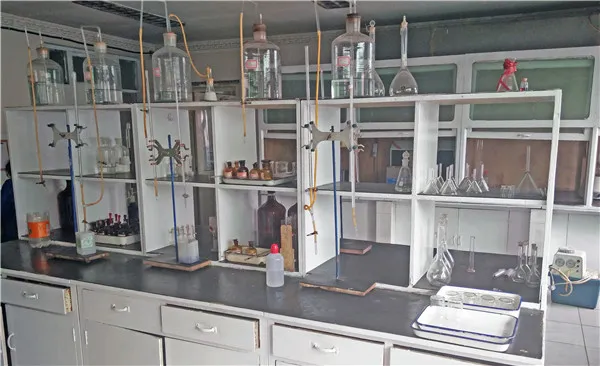Physical Water Treatment An Overview
Physical water treatment refers to a series of processes aimed at improving water quality by removing impurities and contaminants without the use of chemical additives. This method is essential in ensuring that water meets the necessary standards for various uses, including drinking, agricultural, and industrial applications. The primary advantage of physical treatment is its ability to produce safe and clean water while minimizing chemical exposure, making it an environmentally friendly choice.
One of the most common techniques in physical water treatment is filtration. This process involves passing water through a porous medium—such as sand, gravel, or activated carbon—to trap and remove suspended particles, sediment, and some microorganisms. Filters can vary in size and type, ranging from simple, low-cost setups for home use to large-scale systems employed in municipal water treatment facilities. The effectiveness of filtration depends on the size of the particles being removed and the characteristics of the filter media.
Another important method is sedimentation, which relies on gravity to separate solids from liquids. In this process, water is held in a basin where heavier particles settle to the bottom over time. Sedimentation is often the first step in water treatment, as it efficiently reduces the load on subsequent filtration processes. This technique is particularly effective for removing larger particles and organic matter, making it a staple in many treatment plants.
physical water treatment

Flotation is another physical treatment method, wherein air bubbles are introduced into the water. These bubbles attach to suspended solids, causing them to float to the surface, where they can be skimmed off. Flotation is effective for treating wastewater and is often used in conjunction with other treatment methods to enhance overall efficiency.
In addition to these techniques, screening is commonly employed to remove larger debris, such as leaves, sticks, and trash, from water sources. Screens can be designed for different capacities depending on the specific requirements of the treatment facility.
Physical water treatment methods play a critical role in ensuring safe and clean water. They are often complemented by chemical and biological treatment processes to achieve comprehensive purification. With the increasing demand for clean water and the growing concerns around environmental sustainability, physical water treatment methods will continue to be integral in water management strategies worldwide, promoting both public health and ecological balance.

